
The annotations are roughly separated into "experimental" (above the line) and "theoretical" (below it). Newton is exceptional for appearing on both sides. The long "dry spell" between Ptolemy and Copernicus is noteworthy: Aristotle's emphasis on the circle as a "perfect" geometric figure seems to have blinded thinkers for a sizable part of recorded history.
(View Cosmos DVD 2, episode 3, Kepler's life.)Some particularly interesting dates:
Here, and throughout the text, you can click on any of the images to see a larger version.
 | October 22, 2136 B.C. - first record of a solar eclipse. | source |
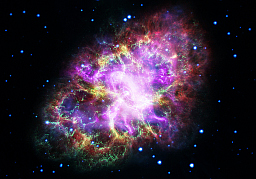 | July 4, 1054 - The Crab Nebula Supernova occurred. | source |
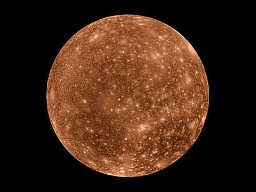 | January 7, 13, 1610 - Galileo discovers Callisto. | source |
 | January 7, 13, 1610 - Galileo discovers Europa. | source |
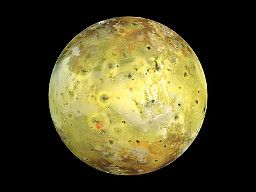 | January 7, 13, 1610 - Galileo discovers Io. | source |
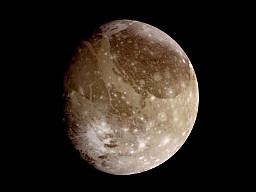 | January 7, 13, 1610 - Galileo discovers Ganymede. | source |
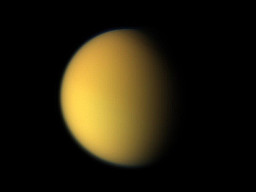 | March 25, 1655 - Christiaan Huygens discovers Titan. | source |
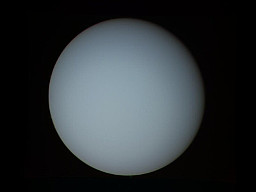 | March 13, 1781 - William Herschel discovers Uranus. | source |
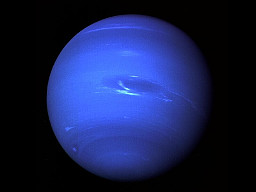 | September 23, 1846 - G. J. Galle discovers Neptune. | source |
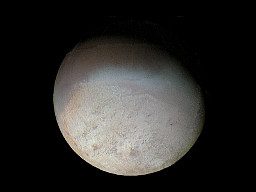 | October 10, 1846 - William Lassell discovers Triton. | source |
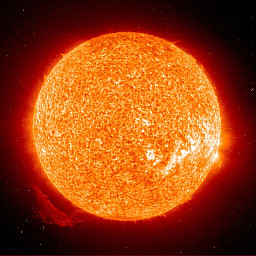 | August 18, 1868 - Norman Lockyer discovers Helium in the Sun. | source |
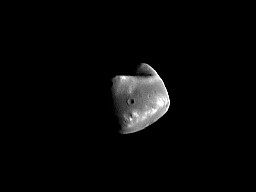 | August 11, 1877 - Asaph Hall discovers Deimos. | source |
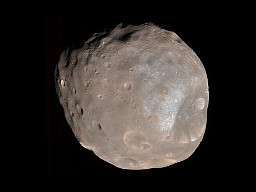 | August 17, 1877 - Asaph Hall discovers Phobos. | source |
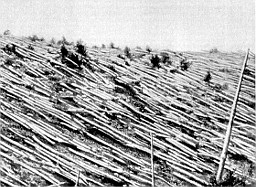 | June 30, 1908 - The Tunguska Event occurred. | source |
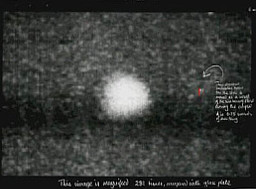 | May 29, 1919 - General Relativity is tested during solar eclipse. | source |
 | February 18, 1930 - Clyde Tombaugh discovers Pluto. | source |
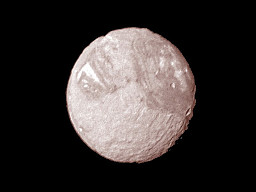 | February 16, 1948 - Gerard Kuiper discovers Miranda. | source |
 | October 4, 1957 - Sputnik 1 orbits Earth. | source |
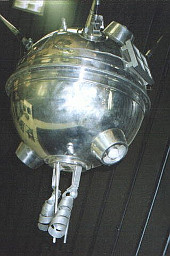 | January 2, 1959 - Luna 1 arrives at the Moon. | source |
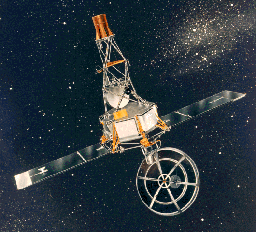 | December 14, 1962 - Mariner 2 arrives at Venus. | source |
 | July 14, 1965 - Mariner 4 arrives at Mars. | source |
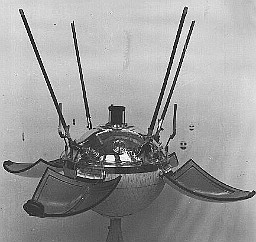 | January 31, 1966 - Luna 9 lands on the Moon. | source |
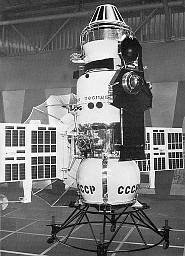 | October 18, 1967 - Venera 4 enters Venus' atmosphere. | source |
 | February 24, 1968 - Jocelyn Bell discovers pulsar in the Crab Nebula. | source |
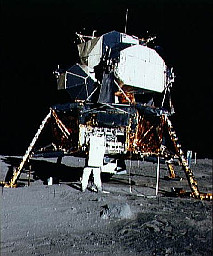 | July 20, 1969 - Apollo 11 lands on the Moon. | source |
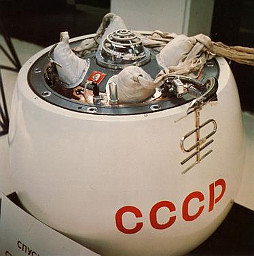 | December 15, 1970 - Venera 7 lands on Venus. | source |
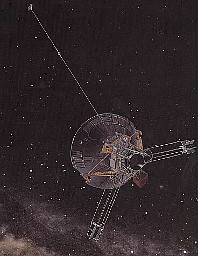 | February 15, 1973 - Pioneer 10 passes through the asteroid belt. | source |
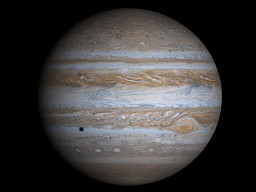 | December 3, 1973 - Pioneer 10 arrives at Jupiter. | source |
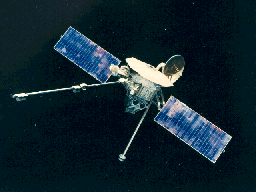 | March 29, 1974 - Mariner 10 arrives at Mercury. | source |
 | July 20, 1976 - Viking 1 lands on Mars. | source |
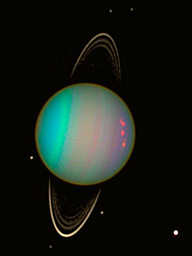 | March 10, 1977 - Uranus' rings discovered. | source |
 | March 4, 1979 - Jupiter's ring discovered by Voyager 1. | source |
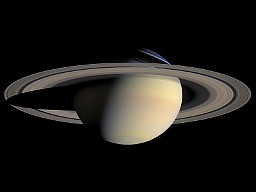 | September 1, 1979 - Pioneer 11 arrives at Saturn. | source |
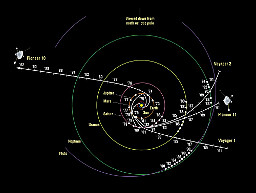 | June 13, 1983 - Pioneer 10 becomes first spacecraft to leave the Solar System. | source |
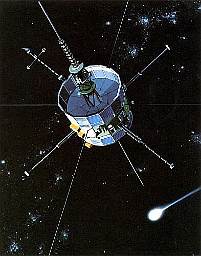 | September 11, 1985 - International Cometary Explorer arrives at Giacobini-Zinner. | source |
 | January 24, 1986 - Voyager 2 arrives at Uranus. | source |
 | August 25, 1989 - Voyager 2 arrives at Neptune. | source |
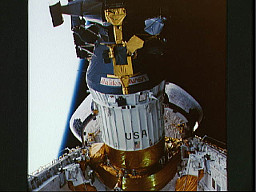 | December 7, 1995 - Galileo enters Jupiter's atmosphere. | source |
 | February 22, 2000 - Stardust collects coma material from P/Wild 2. | source |
 | February 12, 2001 - NEAR lands on Eros. | source |
 | December 3, 2001 - Genesis collects solar wind particles. | source |
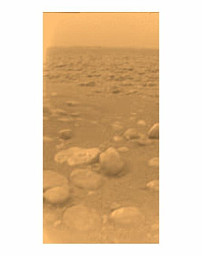 | January 14, 2005 - Huygens probe lands on Titan. | source |
 | July 15, 2015 - New Horizons probe arrives at Pluto | source |
These dates represent first successes; for a more complete picture of the history of space exploration, see NASA's Chronology of Lunar and Planetary Exploration.
©2010, Kenneth R. Koehler. All Rights Reserved. This document may be freely reproduced provided that this copyright notice is included.
Please send comments or suggestions to the author.